Days 3 and 4: Learning the Ropes
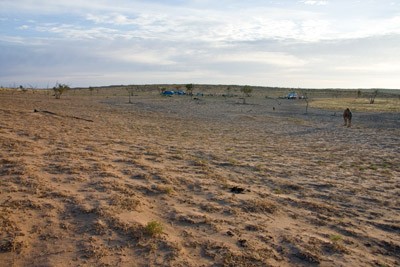

Days 3 and 4: Learning the Ropes
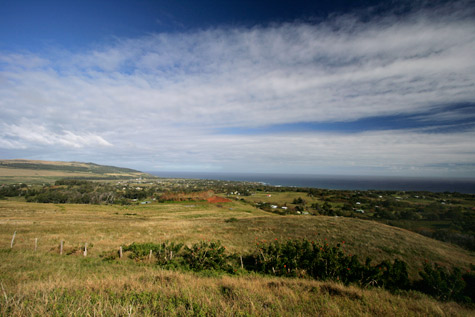
Rapa Nui (as the locals refer to it) – or Easter Island as it is known to the rest of the world – lies almost mid-way between Tahiti and the South American coastline. Totally isolated in the Pacific Ocean, it is one of the three key compass points of Polynesian culture, the others being Hawaii to the north and New Zealand to the south. The island is small, with only one population centre, Hanga Roa, and roughly 4000 permanent residents.
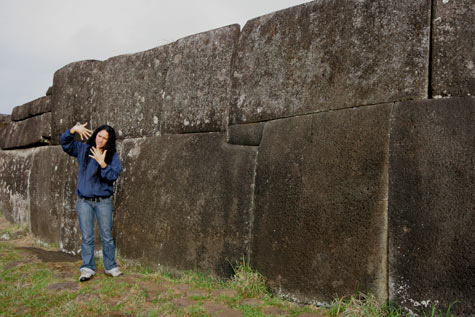
Since Tahiti, I have been fitting polarising filters to my lenses for most shots taken in sunny conditions because it’s the only way to record the intense blue of the skies correctly. Sometimes the polariser has to be turned back a tiny bit to avoid over-emphasising the blue of the sky. But, in most cases, full polarising is needed to reproduce the colours accurately. Naturally, when it’s overcast – and for most close-ups, the polarisers come off. It means a lot of juggling, but the end result is worth the effort.
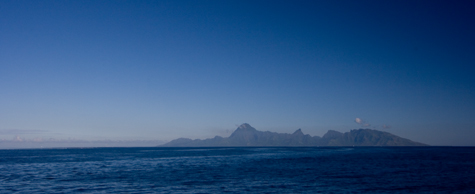
Arriving in Tahiti is a bit of a shock after leaving Sydney’s winter; it’s hot and very steamy and you soon wish for air conditioning. But that wasn’t to be. Tahiti is an extremely expensive place to visit so, to save funds for later in the trip, we opted for a cheap pensione for the night. It was clean and close to facilities but very basic, so it filled the bill – but only just.
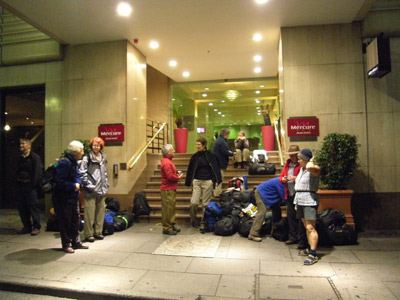
Days 1 and 2: Getting There
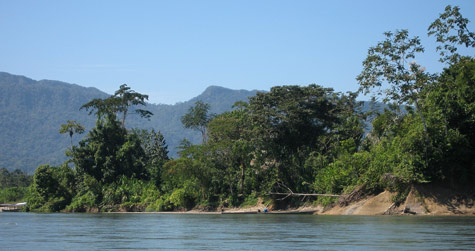
On the morning of our third day we rose at dawn to travel up the Manu River, which joins the Rio Alto Madre de Dios a few kilometers upstream from Boca Manu. Unlike the relatively clear Rio Alto Madre de Dios, which flows over a cobbled bed, the Manu is a brown, muddy stream and its banks frequently bear the scars of turbulent flows in the wet season. Piles of branches and washed-over trees line the banks and impede the flow of the water in many places, providing refuges for both animals and birds.
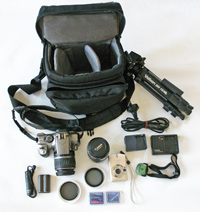
August 29, 2005: When I fly out of Australia today it will be my first major trip without a film camera. All the photos I take in the next five weeks will be digital. The Photo Review team decided I should share my experiences with readers as many more people are now relying exclusively on digital capture, not only when they travel but for all their other photography.
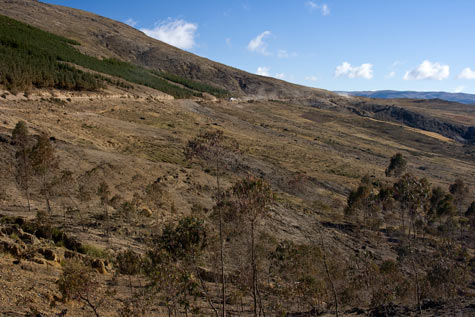
The final stage in our Peru trip involved a visit to the Manu Biosphere Reserve, a World Heritage site that is located at the foot of the Andes about 250 km northeast of Cusco. The reserve, which contains the Manu National Park and Manu and Amarakaeri Reserved Zones, boasts the highest diversity of plants and animals of any park on Earth and forms part of the headwaters of the mighty Amazon River. (A map of the region can be found at http://www.inkanatura.com/mapmanu.asp.)
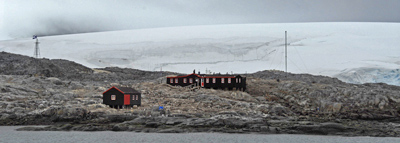
February 24, 2006: Our last day in Antarctica also began with wind but we had hopes for a landing at Port Lockroy later in the morning if the wind abated. After cruising down the Neumeyer Channel for several hours, we anchored just off Port Lockroy. Consisting of Jougla Point and Goudier Island, Port Lockroy is in a very exposed position and somewhat bleak. However, we received a warm welcome from the three staff who man the station and were able to send postcards and purchase souvenirs – as well as seeing even more gentoo penguins plus relics of the whaling station that persisted into the middle of the 20th century.
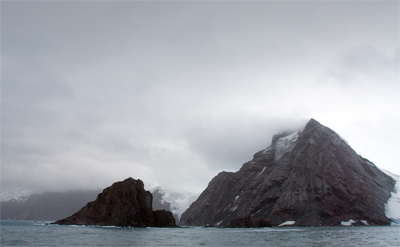
February 19, 2006: We had our first sight of Antarctica late yesterday afternoon when, after hours of cruising through fog, Elephant Island loomed out of the mist. The Island rises in steep cliffs from the sea and you wonder how Shackleton’s men survived their long months of isolation there – and where they were able to camp. There’s a huge glacier pouring into the only harbour we could see, covering any beach that might have been and making it dangerous to approach. Icebergs frequently calve off the glacier cliffs down here and fall into the sea with a resounding crash, sending shock waves across the waters.
Ads can be a pain, but they are our only way to maintain the server. Please deactive Ads blocker to read the content. Your co-operation is highly appreciated and we hope our service can be worth it.